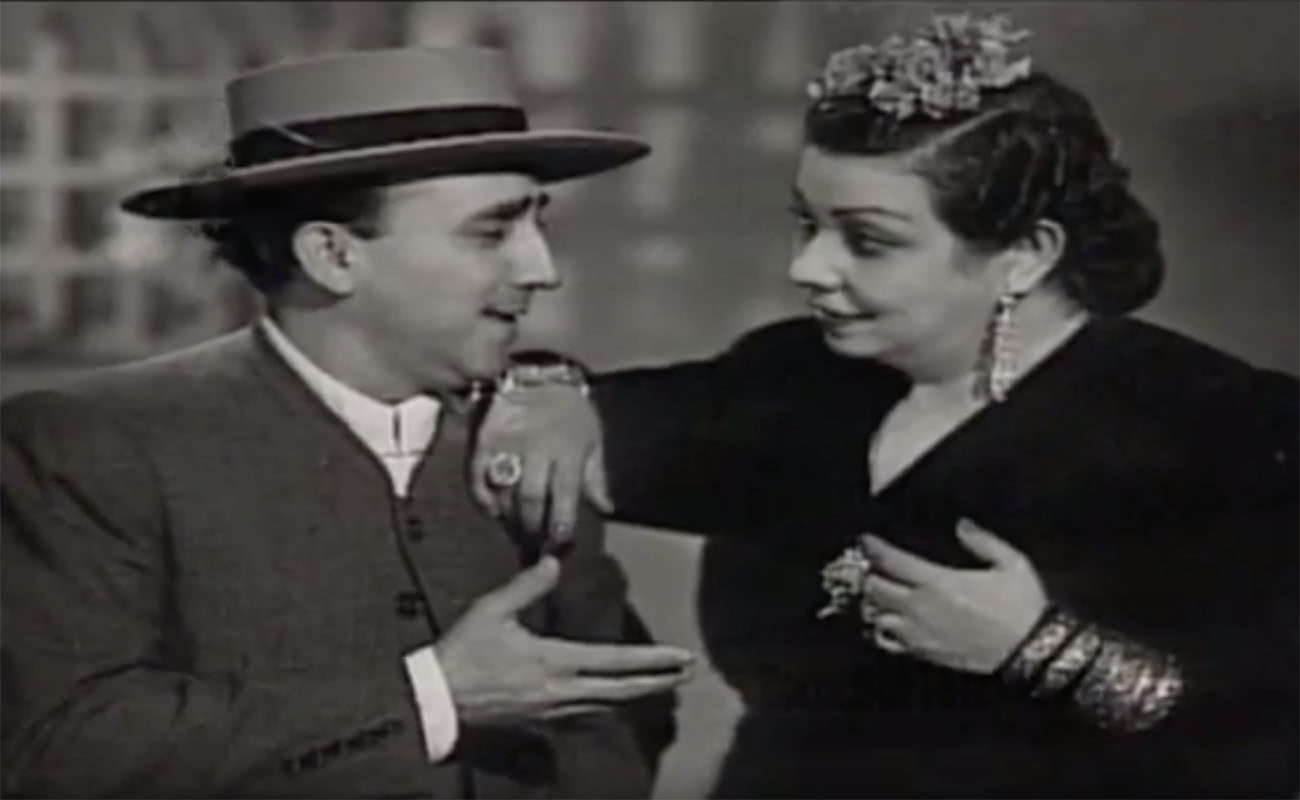Spain and her cantaora
It’s been 70 years since the premiere of "España y su cantaora" (“Spain and her cantaora”) the last tour and swan song of Niña de los Peines, which costed her and Pepe Pinto about two hundred thousand pesetas. It was a complete failure and sank Pastora as an artist

Considering how flamenco aficionados are such big fans of significant dates in the history of this art, it’s odd that no one seems to have noticed that it’s been 70 years since the premiere of España y su cantaora (“Spain and her cantaora”) the last tour and swan song of Niña de los Peines, which costed her and Pepe Pinto, her husband and great cantaor from Seville, about two hundred thousand pesetas, which was a veritable fortune at the time. That was the cost of that momentous tour with which Pepe wanted to signal Pastora Pavón’s retirement with the highest honors, as artists often did at the time, with a final tour all around Spain. This cantaora from Seville had already retired in 1941, at the end of her contract with Concha Piquer and her re-enactment of Las calles de Cádiz. Yet, both Pastora and Pepe agreed to make a comeback in style and got into a big mess with the production of España y su cantaora, by the author Molina Molés, with music by Maestro Naranjo and Arturo Pavón, nephew of Pastora.
The cast of the company was impressive. On the guitars, Melchor de Marchena and Pepe Gutiérrez. As dancers, María del Carmen del Castillo, Carmen Visuerte, Rosa España, Emilia Castillo, Juanita Acevedo, Teresa Heredia, José Amaya, Paco Caro, Juan Montoya — father of Lole Montoya– and Pepe Lara. As classical dancer, Esperanza Acosta. As bailaora, Maleni Loreto. As singers, Carmen Florido and Pepita Flores. As the first comedy act, Toni Gamar. As first actress, Teresa Mesa. As generic actor, Antonio Torres. As director, Jaime García. As choreographer, Eloísa Albéniz, mother of the pianist Arturo Pavón. And as scenic director, Manuel Calleja. It’s no wonder that it had a budget of 200,000 pesetas. Further expenses were the luxurious costumes by fashion designer Rosa Aceituno and the lavish scenery set by Liñán. On top of that, of course, there were the publicity and payroll expenditures.
«It wasn’t Pepe Pinto who forced her to retire from the stages, but the public, at a time when she was still at the peak of her skills and art. From then on, she only performed in parties or in tributes for other artists, until in 1966 her old-age dementia accelerated the process»
The premiere took place at the San Fernando Theater in Seville on January 19th, 1949, sponsored by the Press Association, and it was an emphatic success among the public and the critics. A show of such magnitude had never before been attempted, and it promised great financial rewards. Yet, it was a complete failure and sank Pastora as an artist, who witnessed how much the Spanish public had changed and how her cante no longer had the same appeal as in the old days. In April of that year, after performing in just a few cities, they decided to end the tour at the Crisfel Theater in Alcázar de San Juan, Ciudad Real. «I cried that night», said the artist many years later. «I was so mad that the public hadn’t understood my cante…».
She blamed the intellectuals for the failure of her tour. «The intellectuals have been very cruel with flamenco», she stated in an interview for Pueblo en 1961. So, España y su cantaora, perhaps the best show of her life, meant a definitive retirement from the stages and focusing on her home life, something she had been wishing since 1934, when she said she was tired of performing and was looking forward to take care of her daughter Tolita and her husband, the great Pepe Pinto.
So it wasn’t Pepe Pinto who forced her to retire from the stages, like some flamenco feminists argue, it was the public, at a time when she was still at the peak of her skills and art. From then on, she only performed in parties or in tributes for other artists, until in 1966 her old-age dementia accelerated the process and she was no longer a shadow of her former self, that strong-willed Gypsy woman from San Román, but rather, as she herself put it, just a little piece of furniture leaning against the wall.
Translated by P. Young




